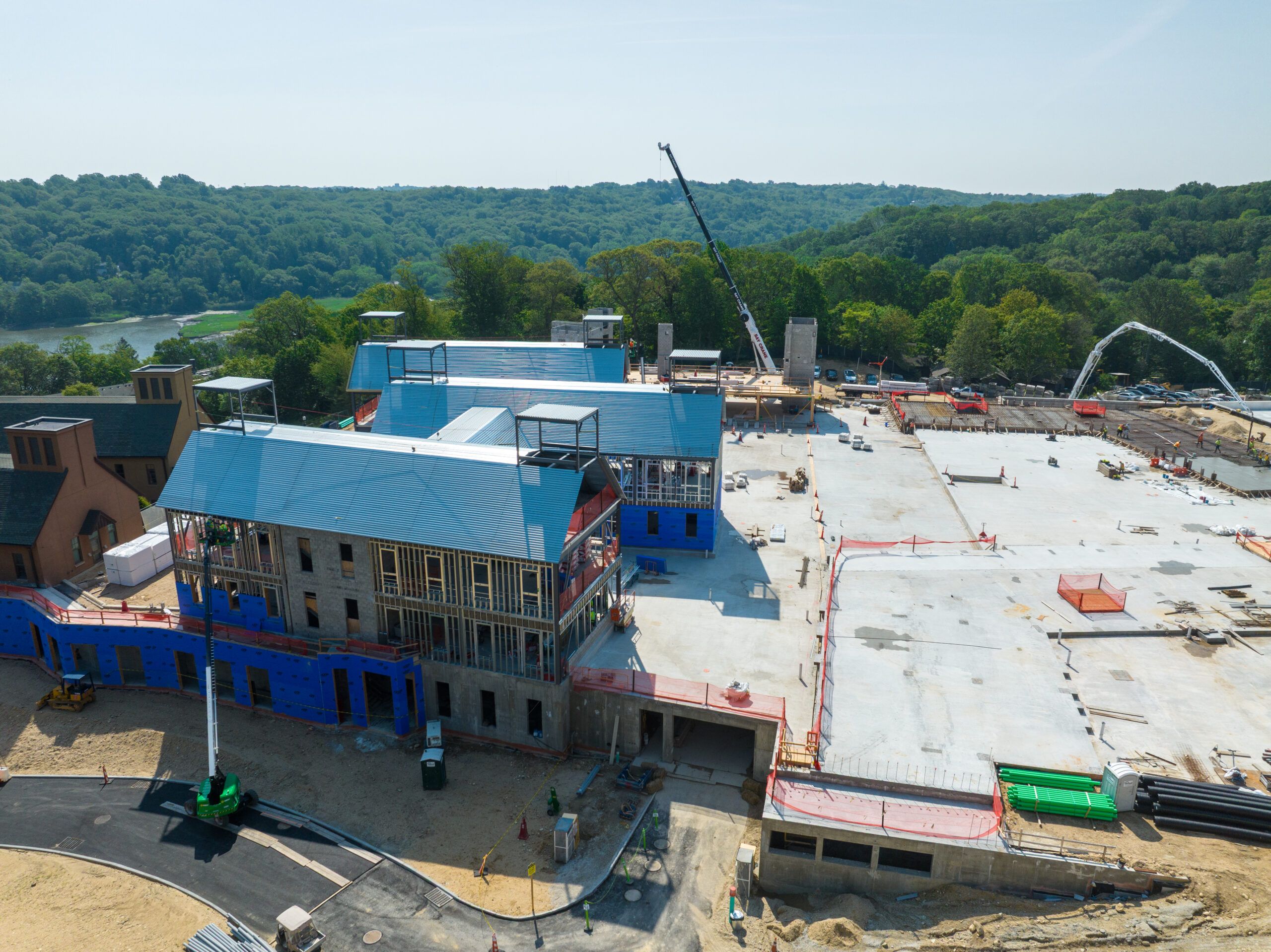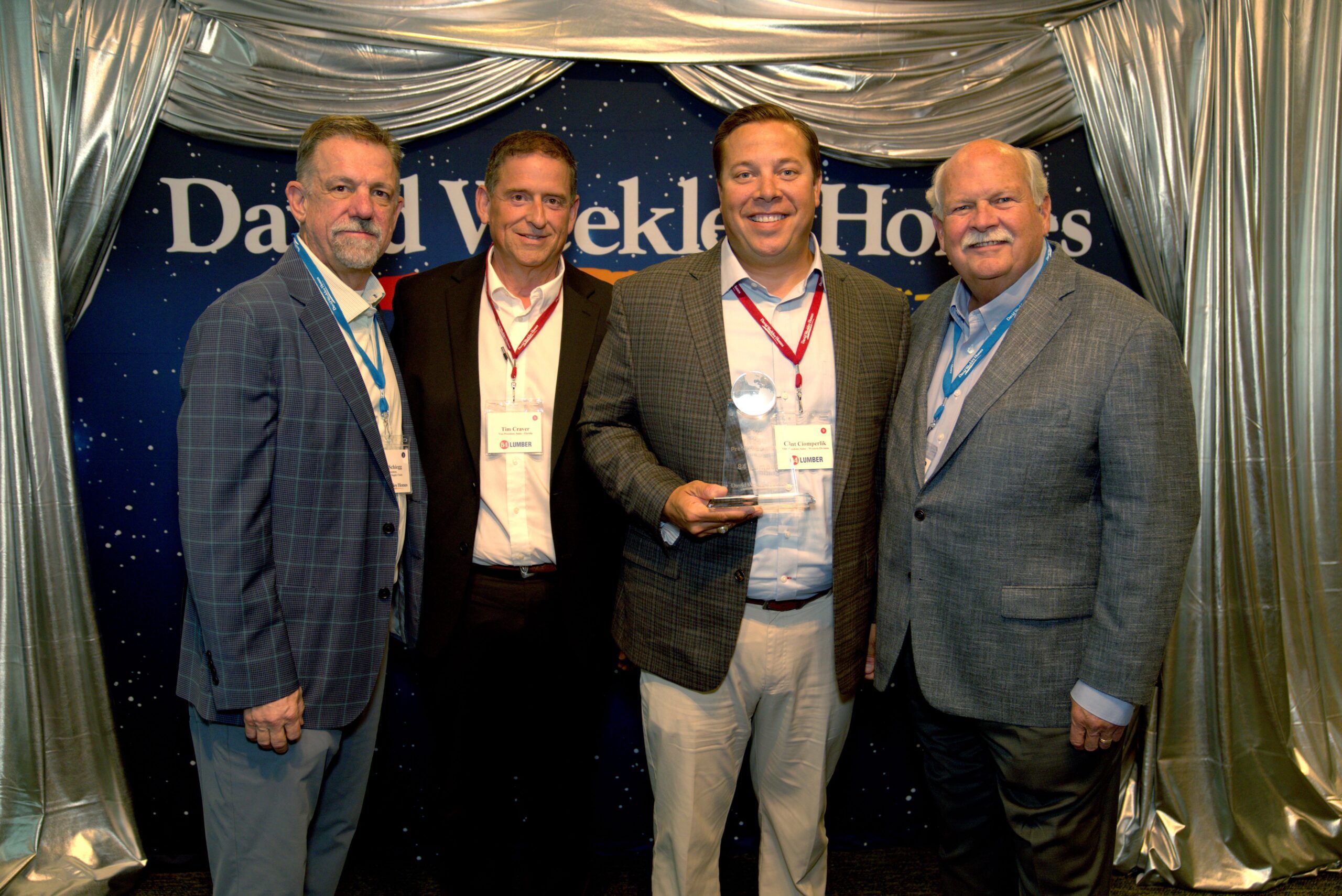In the world of commercial real estate, one principle has remained constant: location is everything. The physical position of a commercial property continues to play a critical role in determining its value, visibility, and long-term success. However, in 2025, this age-old truth is being reshaped by new dynamics.
As businesses adapt to hybrid work models, prioritize environmental goals, and respond to major infrastructure investments, location is no longer just about prestige. It is now about functionality, sustainability, and strategic positioning. Where your office is located can directly affect employee satisfaction, brand perception, operational efficiency, and return on investment. In this article, we will explore how location impacts commercial property success in today’s market.
Why Location Still Reigns Supreme in 2025
In a world shaped by digital transformation, it might seem like physical location matters less. However, while remote work and virtual collaboration have changed how businesses operate in 2025, the value of a well-located commercial property remains as strong as ever.
A prime location provides easy accessibility, high visibility, and proximity to both clients and top talent. Businesses positioned near transportation hubs, vibrant business districts, and essential amenities tend to attract more foot traffic, foster stronger relationships, and boost employee satisfaction.
Post-COVID trends have also shifted the conversation back to location. As many companies embrace hybrid work models, employees now prefer offices that are easy to reach and located in well-connected, safe, and lively neighborhoods. The return-to-office movement has highlighted the importance of being in places where teams feel motivated and clients feel welcomed.
Key Location Factors Influencing Commercial Success
Several factors make certain commercial properties more desirable than others. In 2025, success is closely tied to how well a location serves the needs of modern businesses and their workforce. Let’s look at three of the most important elements.
Proximity to Transport and Infrastructure
Easy access remains a top priority for tenants. Properties located near rail lines, metro stations, airports, and major highways attract higher interest because they simplify commuting for employees and travel for clients.
Walkability also plays a major role. Office spaces that are within walking distance of public transit, restaurants, and essential services consistently outperform those in isolated zones. The more connected a property is, the more valuable it becomes.
Business Ecosystems and Industry Clusters
Many companies deliberately choose to locate themselves near businesses in the same or related industries. These industry clusters, such as financial districts, media hubs, or health precincts, create an ecosystem of collaboration, competition, and shared talent.
Being surrounded by like-minded businesses provides natural opportunities for networking, partnerships, and innovation. It also reinforces brand credibility. For instance, a fintech company based in a recognized tech precinct gains instant recognition and trust from investors and clients alike.
Urban Amenities and Employee Experience
Today’s workforce expects locations that offer urban amenities. These can include cafés, restaurants, fitness centers, green spaces, and after-work options. It helps companies support employee well-being and work-life balance.
These features influence a business’s ability to attract and retain talent. Offices near vibrant neighborhoods tend to have higher occupancy rates and longer lease terms. Tenants are actively seeking out well-positioned commercial real estate for lease that aligns with both business goals and employee expectations.
Endnote
Choosing the right commercial space is a strategic investment in your business’s future. As 2025 presents new opportunities, securing a well-positioned space that supports growth, innovation, and adaptability will set the foundation for long-term success.
Whether you’re expanding, relocating, or entering a new market, the surrounding environment will directly influence how your business performs. Forward-thinking companies are already leveraging location to gain a competitive edge, attract top talent, and enhance their brand presence.











